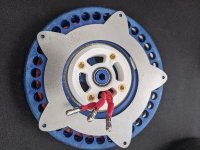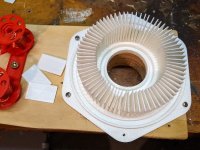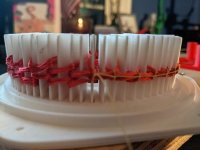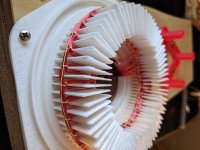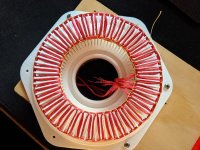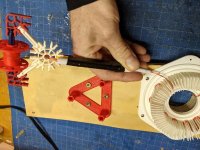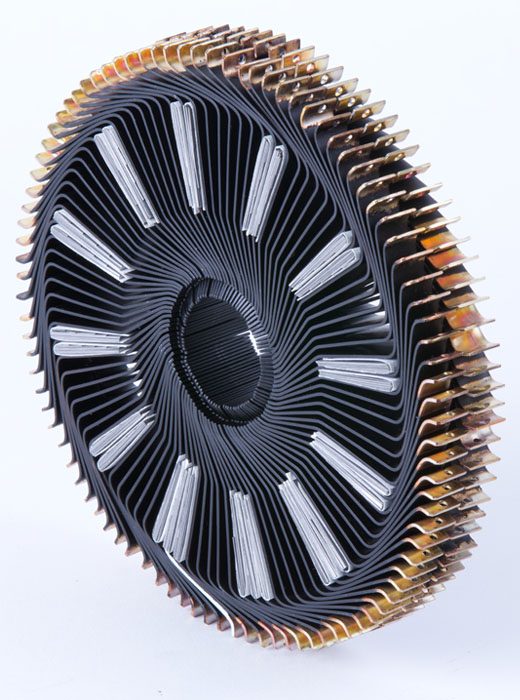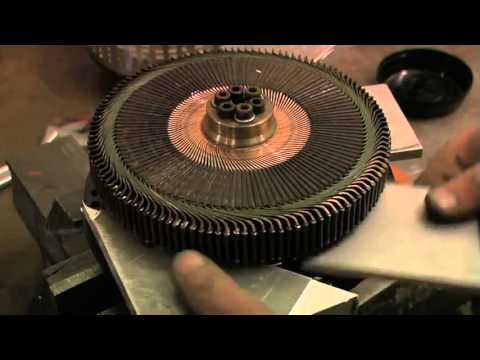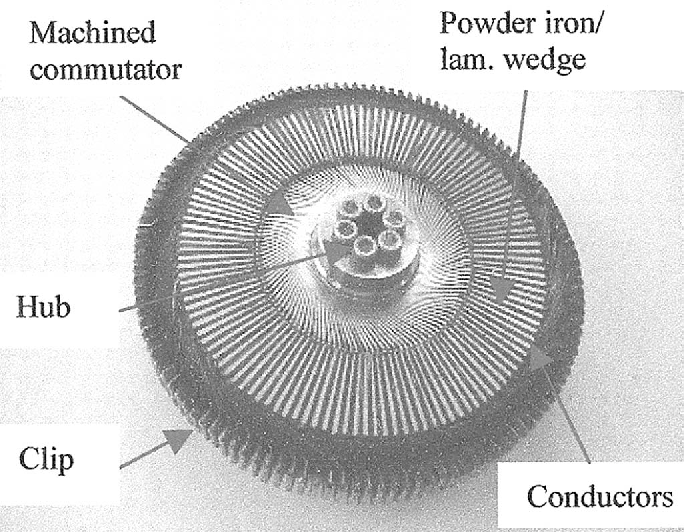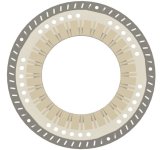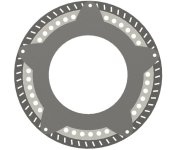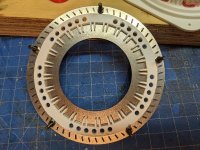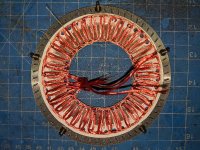HalbachHero
100 W
- Joined
- Apr 5, 2021
- Messages
- 228
Thanks for all the info, I really appreciate it. I will definitely keep reading.
I tried the new winding jig... it didn't go great. Unfortunately the fins were too thin and they broke. I figured this might happen. they are 1mm thin, and they broke along the layer lines obviously. I could re-print the jig at a 45* angle, or I could print the pins separately on their side so the layer lines are perpendicular to the wires then assemble it. that would make it even easier to take out. Maybe Ill experiment with that
I hate wasting this wire.
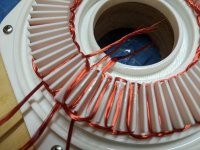
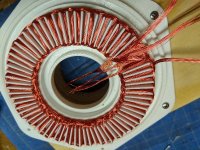
Should have the new new meter tomorrow, so at least there's that
I tried the new winding jig... it didn't go great. Unfortunately the fins were too thin and they broke. I figured this might happen. they are 1mm thin, and they broke along the layer lines obviously. I could re-print the jig at a 45* angle, or I could print the pins separately on their side so the layer lines are perpendicular to the wires then assemble it. that would make it even easier to take out. Maybe Ill experiment with that
I hate wasting this wire.


Should have the new new meter tomorrow, so at least there's that



